About our research group/lab
Our research
Prescribing a one-dose-fits-all-all perspective leads to suboptimal pharmaceutical care with side effects or reduced effectiveness. Pharmacometrics is a field of study that involves the quantitative analysis of pharmacology, often using mathematical models to characterize the relationship between drugs, the human body, and the disease. The Rotterdam Clinical Pharmacometrics group specializes in pharmacokinetics (PK), pharmacodynamics (PD), and Therapeutic Drug Monitoring (TDM), focusing on antibiotics, immunosuppressants, oncolytic, and psychoactive drugs. By implementing specific algorithms for individual patients, precision dosing enhances drug effects, reduces side effects, and fosters a more sustainable healthcare system.
Over the past decade, we restructured our PK/PD and TDM laboratory to apply model-based dosing and analysis directly in clinical practice. Using (non)compartmental modeling, we build PK/PD models and integrate machine learning and Artificial Intelligence through collaboration with TU-Delft & TU-Eindhoven. Model-informed precision dosing (MIPD) can now be implemented using electronic patient systems and smart software, advancing precision dosing in clinical practice.
This research line is led by Prof. Dr. B.C.P. (Birgit) Koch in collaboration with 1 associate professor, 3 assistant professors, and 3 post-docs.
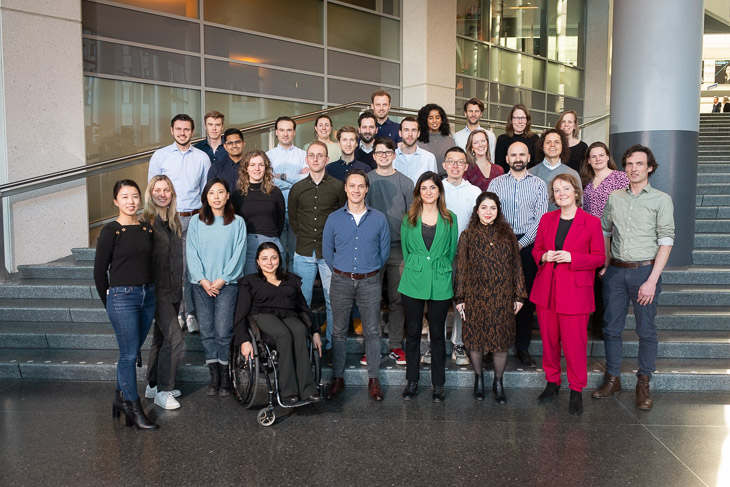
Targets for the future
Develop, integrate and implement novel research methods that contribute to precision dosing of drugs.
Pharmacometrics combines principles from pharmacology, mathematics, statistics, and computer science to optimize drug dosage regimens. The next 6 years we would like to:
- Develop and integrate machine learning, artificial intelligence and physiologically-based modeling to further optimize 3 of our currently developed models.
- Unravel the relationship of concentration in blood and target-site concentration using pharmacometrics modelling in 2 difficult-to-treat infections.
- Implement and validate 3 of our pharmacometric models in clinical practice.
- To develop an Item Response Theory (IRT) model with both local and national pharmacotherapy exam data. By 2026, model development has been completed and we have published our results. By 2027, the model will be applied in practice to optimize pharmacotherapy exam questions.
Traditionally, drug concentrations, used in pharmacometrics models, are measured in a laboratory and blood is currently withdrawn using a venepuncture. This leads to time delay, is patient unfriendly and requires complicated logistical systems. The next 6 years we would like to focus on a more accessible and sustainable process:
- Develop a biosensor to enable real-time monitoring of 1 biomarker and 1 antibiotic, which can lead to a closed loop of agile drug dosing, in close collaboration with TU-Eindhoven.
- Develop and implement 2 alternative matrices to measure drug concentrations, which are more patient friendly and can even be used at the patient’s home.
- Reduce the volume needed to measure drug concentrations by 50% for 3 drugs.
Key Publications
- Ewoldt, T.M.J., Abdulla, A., Rietdijk, W.J.R. et al. Model-informed precision dosing of beta-lactam antibiotics and ciprofloxacin in critically ill patients: a multicentre randomised clinical trial. Intensive Care Med (2022). https://doi.org/10.1007/s00134-022-06921-9
- Pipamperone Population Pharmacokinetics Related to Effectiveness and Side Effects in Children and Adolescents.
Kloosterboer SM, Egberts KM, de Winter BCM, van Gelder T, Gerlach M, Hillegers MHJ, Dieleman GC, Bahmany S, Reichart CG, van Daalen E, Kouijzer MEJ, Dierckx B, Koch BCP.Clin Pharmacokinet. 2020 May 11. doi: 10.1007/s40262-020-00894-y. Online ahead of print.PMID: 32394297 - Pharmacokinetic modeling of intravenous sildenafil in newborns with congenital diaphragmatic hernia.
Cochius-den Otter SCM, Kipfmueller F, de Winter BCM, Allegaert K, Tibboel D, Mueller A, Koch BCP.Eur J Clin Pharmacol. 2020 Feb;76(2):219-227. doi: 10.1007/s00228-019-02767-1. Epub 2019 Nov 18.PMID: 31740991 - Psychotropic drug concentrations and clinical outcomes in children and adolescents: a systematic review.
Kloosterboer SM, Vierhout D, Stojanova J, Egberts KM, Gerlach M, Dieleman GC, Hillegers MHJ, Passe KM, Gelder TV, Dierckx B,Koch BCP.Expert Opin Drug Saf. 2020 May 18. doi: 10.1080/14740338.2020.1770224. Online ahead of print.PMID: 32421365 - Population pharmacokinetics and target attainment of ciprofloxacin in critically ill patients.
Eur J Clin Pharmacol. 2020 Jul;76(7):957-967. doi: 10.1007/s00228-020-02873-5. Epub 2020 Apr 19.PMID: 32307575 - Simultaneous quantification of ambrisentan, macitentan and sitaxentan in human plasma using UPLC-MS/MS.Biomed Chromatogr. 2020 Mar;34(3):e4787. doi: 10.1002/bmc.4787. Epub 2020 Jan 19.PMID: 31875652
- A Population Pharmacokinetic Model Does Not Predict the Optimal Starting Dose of Tacrolimus in Pediatric Renal Transplant Recipients in a Prospective Study: Lessons Learned and Model Improvement.
Andrews LM,de Winter BCM, Cornelissen EAM, de Jong H, Hesselink DA, Schreuder MF, Brüggemann RJM, van Gelder T, Cransberg K.Clin Pharmacokinet. 2020 May;59(5):591-603. doi: 10.1007/s40262-019-00831-8.PMID: 31654367 - Clinical implications of food-drug interactions with small-molecule kinase inhibitors.
Lancet Oncol. 2020 May;21(5 - Intratumoral Comparison of Nanoparticle Entrapped Docetaxel (CPC634) with Conventional Docetaxel in Patients with Solid Tumors.
Clin Cancer Res. 2020 Apr 22. doi: 10.1158/1078-0432.CCR-20-0008. Online ahead of print. PMID: 32321718
Collaborations
- Cooperation in Model-informed therapeutic drug monitoring of antibodies in chronic inflammatory diseases - COST
Our team
Principal Investigators
-

Prof. dr. B.C.P. (Birgit) Koch
Professor at Erasmus MC, group of Clinical Pharmacometrics
-

Prof. dr. K. (Karel) Allegaert
Professor at KU Leuven, Senior clinical researcher
Project Leaders
-

Dr. R.B. (Robert) Flint
Assistant Professor
-

Dr. S.L.W. (Stijn) Koolen
Associate Professor
-

Dr. F. (Floor) van Rosse
Associate Professor
-
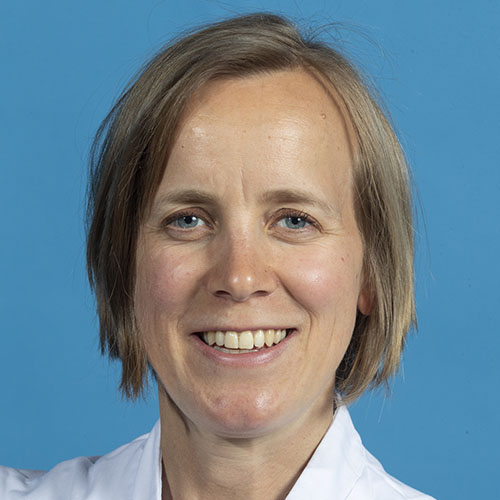
Dr. J. (Jorie) Versmissen
Associate Professor
-

Dr. B.C.M. (Brenda) de Winter
Assistant Professor
-
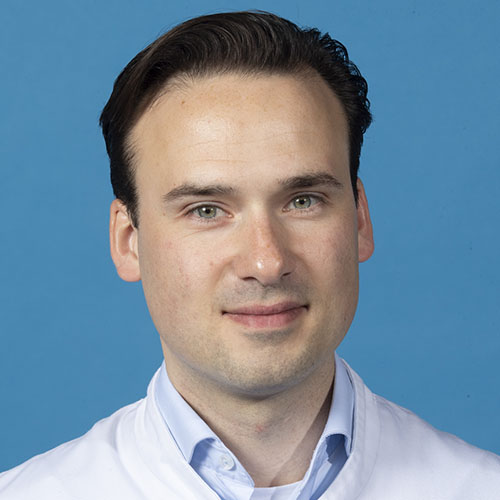
Dr. T. (Tim) Preijers
Assistant Professor
-

Dr. A. (Alan) Abdulla
Assistant professor
Postdocs
-

Dr. A. (Alan) Abdulla
Assistant professor
-

Dr. M.R.B.S. (Marie-Rose) Crombag
Post-doc
-

Dr. T. (Tim) Preijers
Assistant Professor
-

Dr. S.D.T. (Sebastiaan) Sassen
Post-doc
-
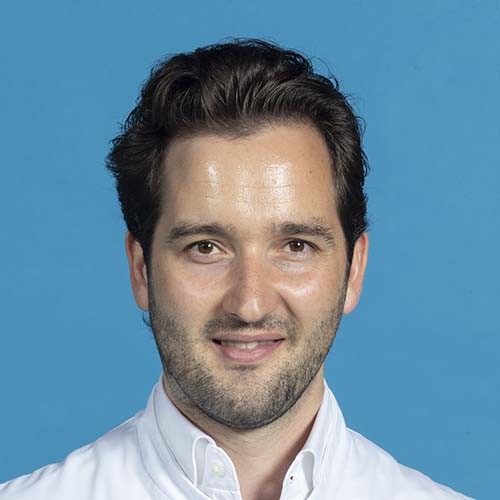
T.J.L. (Tim) Smeets
Phd Students
-

B.C. (Bram) Agema
PhD student
-
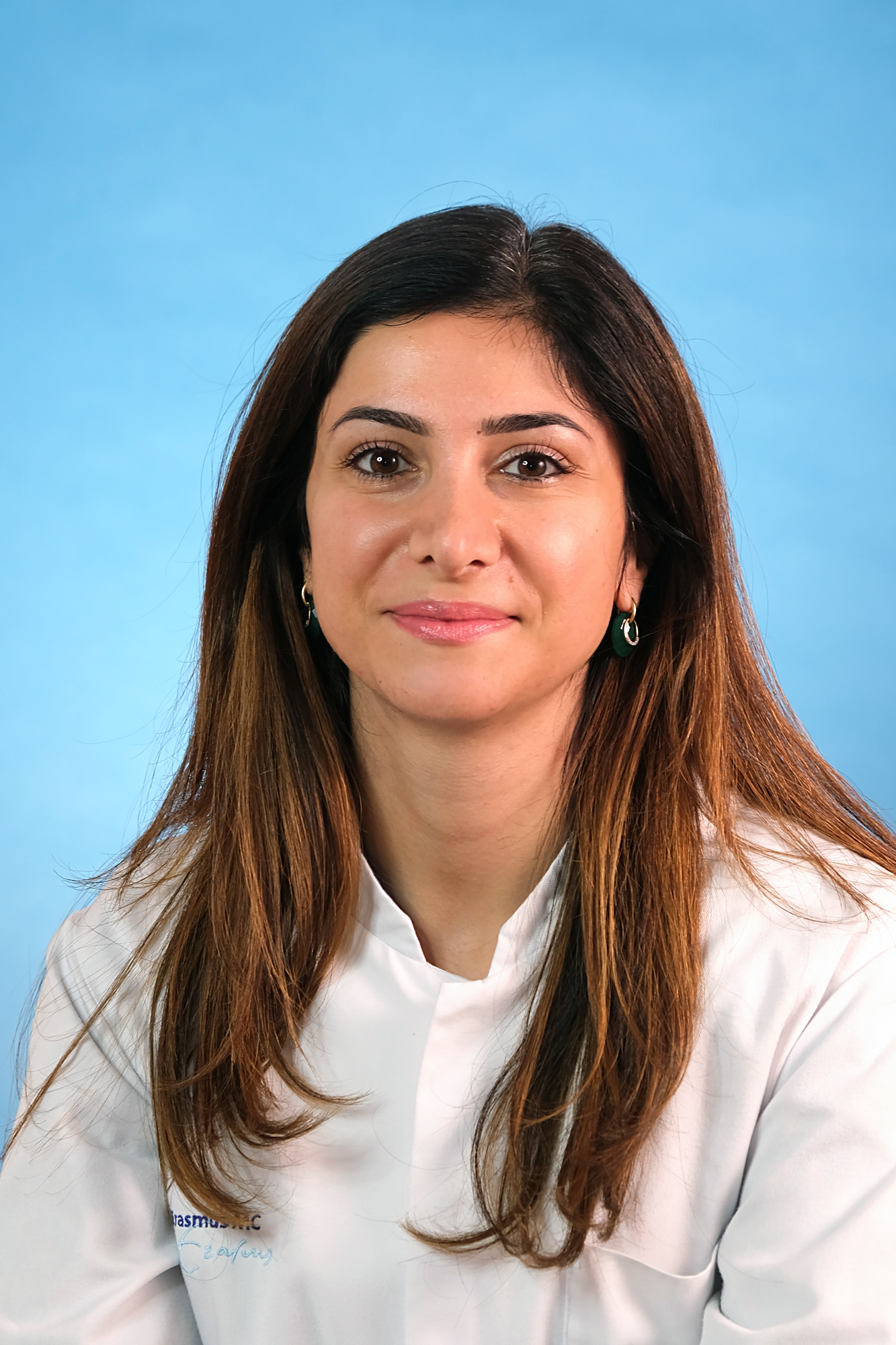
S. (Soma) Herbers - Bahmany
PhD student
-

I. (Ina) Barzel-Gerrets
PhD student
-

C. (Corine) Bethlehem
PhD student
-

K.R. (Kevin) Doornhof
PhD student
-
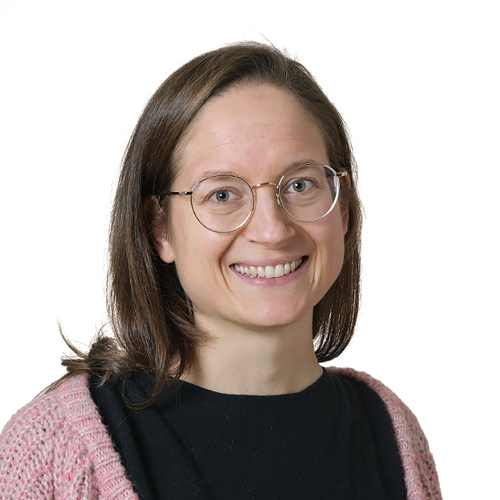
S. (Sarah) Drager (Dräger)
PhD student
-

T.M.J. (Tim) Ewoldt
PhD student
-

R.N. (Ravish) Gangapersad
PhD student
-

D. (Dimokrat) Hassan
PhD student
-

R.A. (Rebecca) Hermans
PhD student
-

M. (Moska) Hassanzai
PhD student
-
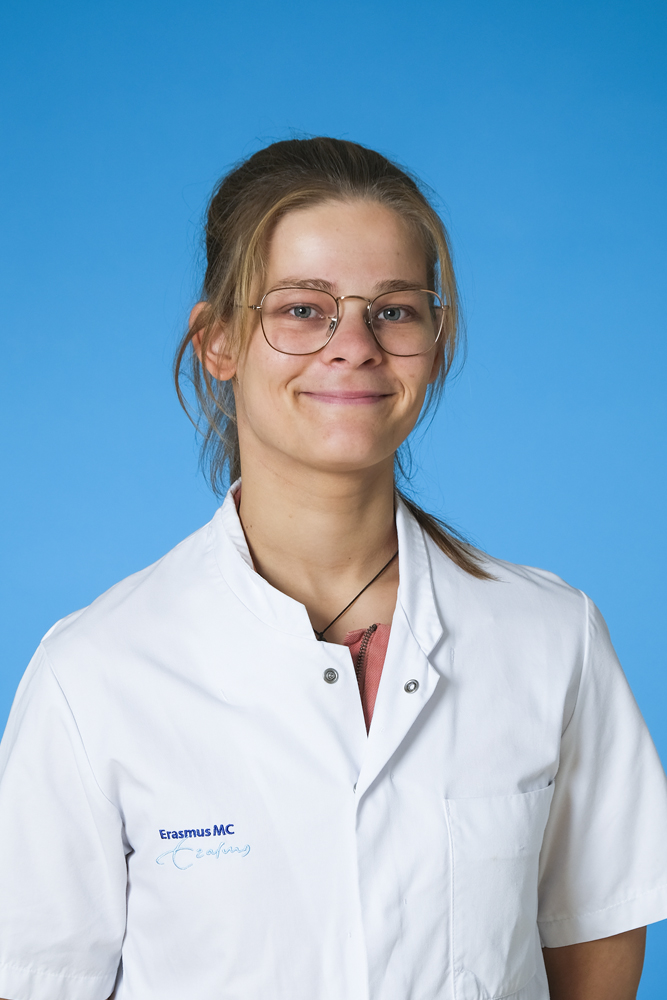
M.M.B. (Mirte) Horstink
PhD student
-
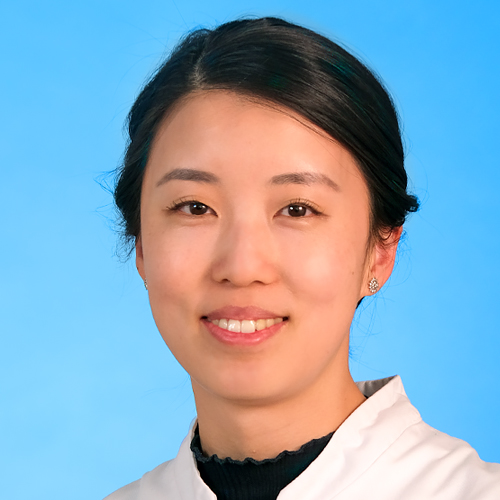
J. (Kajie) Liang
PhD student
-

R. (Ruben) Malmberg
PhD student
-

Ir. F.J.A. (Freek) Relouw
PhD student
-
.jpg)
P.C.S. (Pascale) Rietveld
PhD student
-

L.T. (Lisa) Ringeling, PhD
PhD student and pharmacist
-

E.E. (Eveline) Roelofsen
PhD student
-

M.R. (Maaike) Schagen
PhD student
-

S. (Stef) Schouwenburg
PhD student
-

T.J.L. (Tim) Smeets
-

S.J. (Sander) van Tilburg
PhD student
-

G.C. (Koen) de Waard
PhD student
-

Q.Z. (Qiaolin) Zhao
PhD student
-

D.R. (Dieuwertje) Geel
PhD student